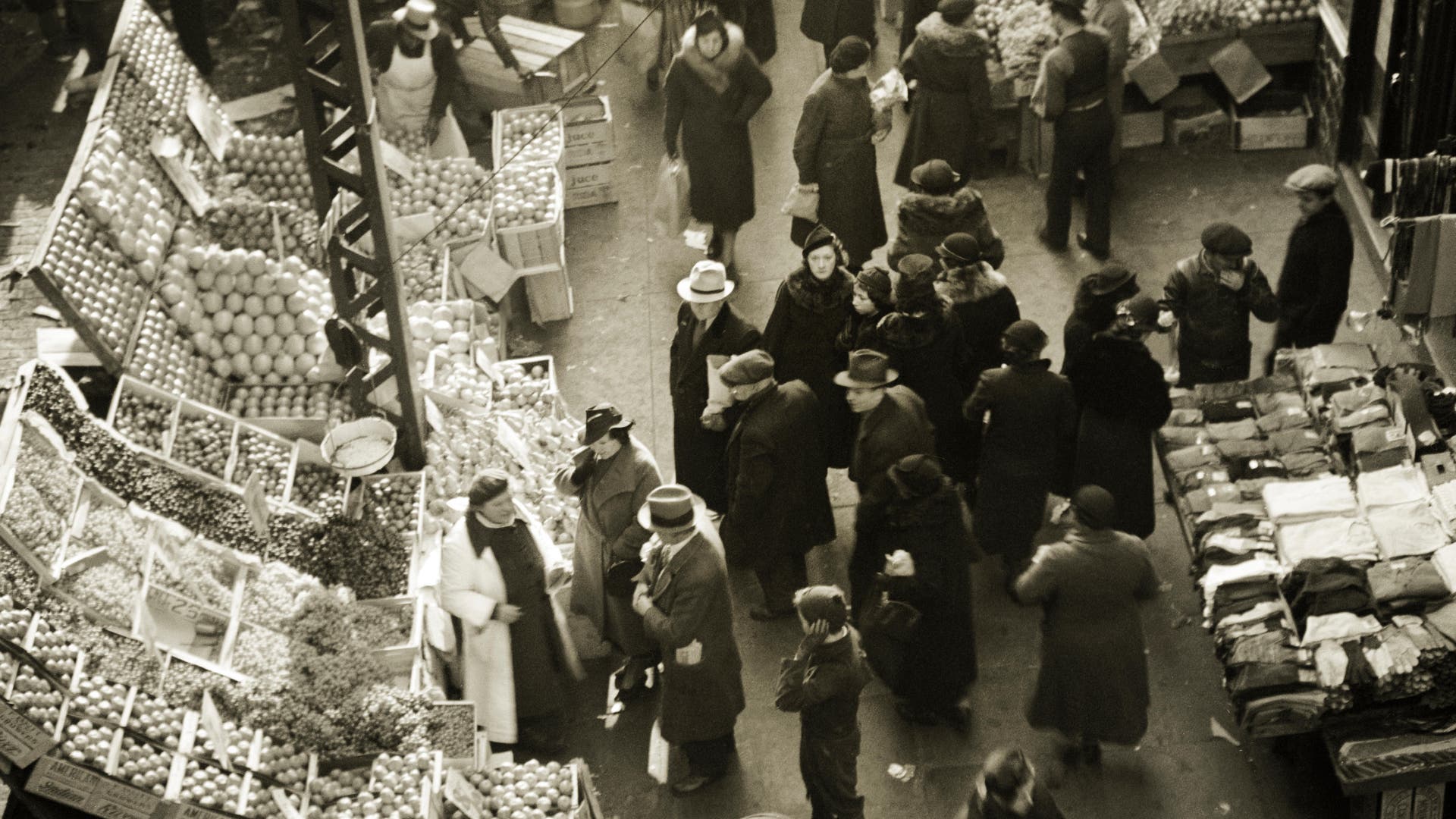On December 21, 1935, Fiorello LaGuardia drove to the Bronx to one of the city’s largest vegetable markets. Twenty-five police officers accompanied the man as he got on the back of a truck and announced that as of December 26, it would be illegal in New York to sell, offer or own artichokes. The ban was the culmination of a conflict that went down in history as the Artichoke War.
The artichoke, a thistle plant whose flower heads are the size of a fist, comes from the Mediterranean region. And most of the world’s artichokes are grown in Italy. After many Italian migrants settled in the United States at that time, some of them cultivated there Cynara scolymus. Around 1900, brisk trade had developed, but compared to other types of vegetables, the artichoke tended to lead a niche existence.
The vegetable was particularly popular with Italian emigrants, most of whom lived on the east coast in New York or New Jersey. However, artichokes were grown more than 4,000 kilometers away on the west coast of California, where the climatic conditions were much better. Cultivation there is concentrated in one area: the coastal town of Half Moon Bay, about 40 kilometers south of San Francisco.
The Rise of the Artichoke King
From 1917, the Californian artichoke farmers got together and organized sales together through the Half Moon Bay Artichoke Association. They dominated almost the entire artichoke trade in the US – which also had an impact on the price. The profit margin was sensational. An artichoke cost just five cents in San Francisco, but it was a dollar in New York. Good business could therefore be made with the vegetables. The mafia noticed that too. Above all, a man who later became known as the artichoke king: Ciro Terranova (1888-1938).
–


